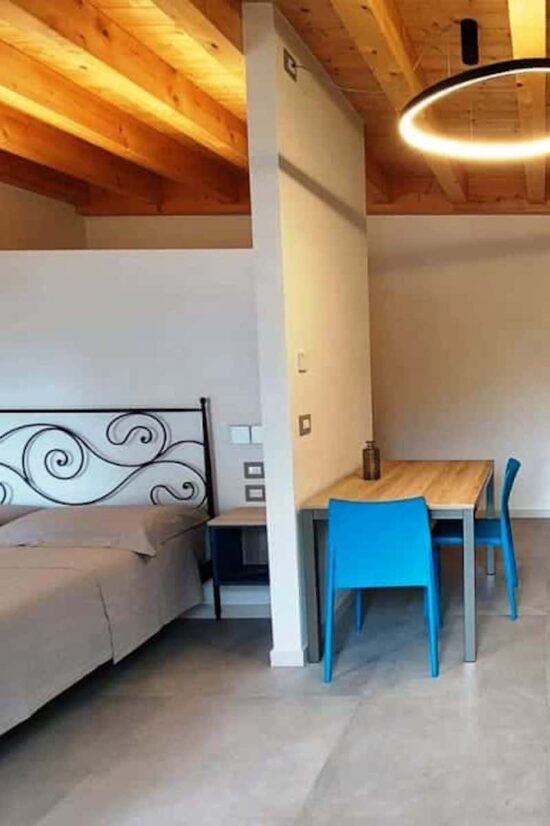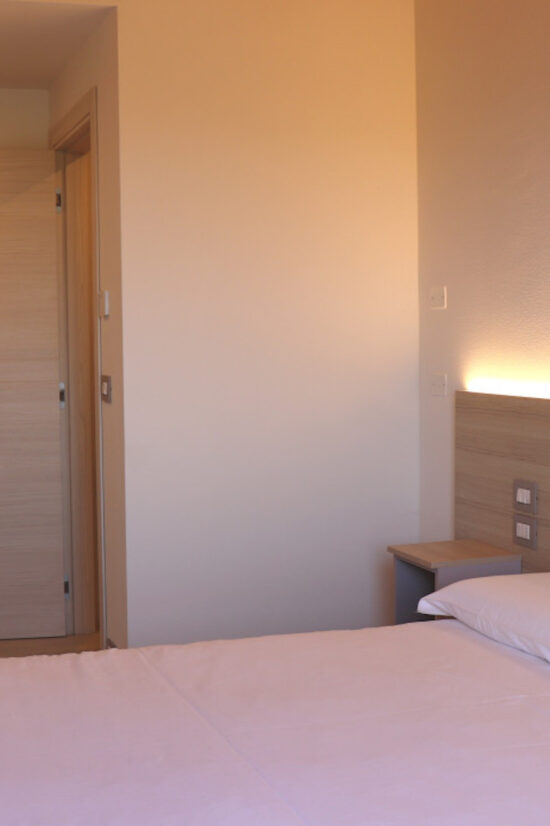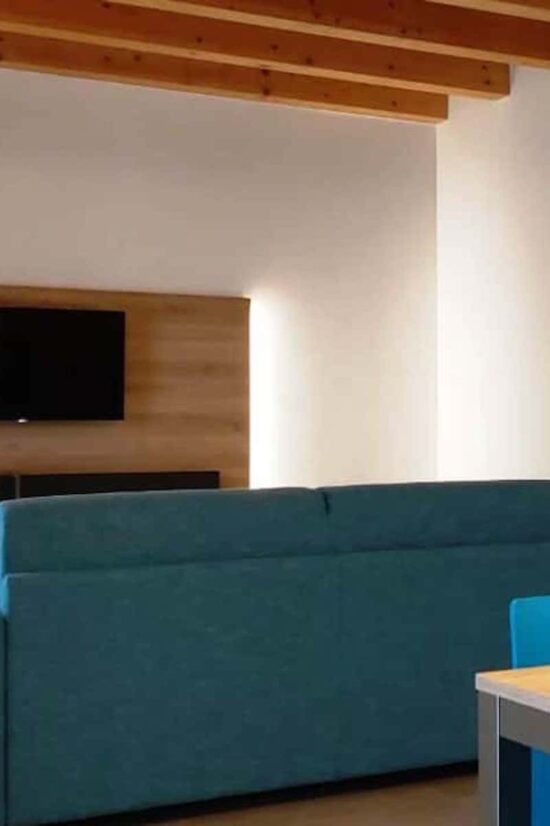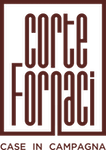Corte Fornaci
Welcome to Corte Fornaci, “where everything is peace…”


Welcome to Corte Fornaci
Corte Fornaci is a typical example of eighteenth-century rural architecture, with the master’s courtyard, the small church and the surrounding walls, next to which stands the sharecropping courtyard in which I renovated one of the buildings formerly used for agricultural activity, and I wanted to use it for hospitality by equipping it with the most modern comforts.
Whether you are traveling for pleasure or for work, you are welcome at Corte Fornaci!
It all begins in 1740
Corte Fornaci, which stands in the locality of the same name to the east of Villafranca between via Postumia and Grezzanella, is protected by the Superintendency of Artistic and Environmental Heritage for the complex of the eighteenth-century courtyard (around 1740), and constitutes an authentic historical jewel in the territorial fabric of Verona with its sundials and small church.
The five sundials were probably designed by Scipione Maffei with the astronomers Guglienzi and Seguier, for the Betti family (owners of the land at the time). One of these sundials is considered unique in the world, because, according to the expert from the Aosta Valley, Riccardo Anslemi, it is a lunar clock of which no other examples exist.
The little church is dedicated to St. John of Nepomuk, patron saint of Bohemia and Slovakia, and invoked for protection from floods.
My ancestors purchased the farm around 1870, and by the early 1900s, the house had become a lively artistic salon, frequented by illustrious personalities including in particular Berto Barbarani, Angelo Dall’Oca Bianca, Gino Bogoni and Orazio Pigato.
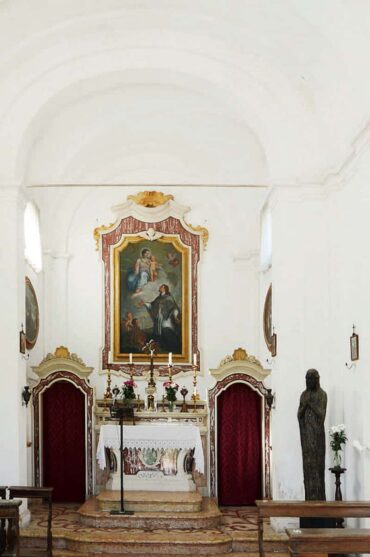
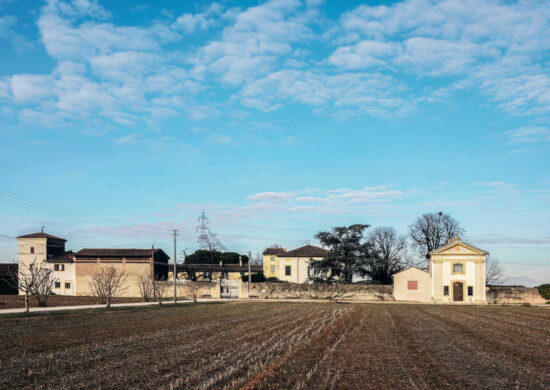
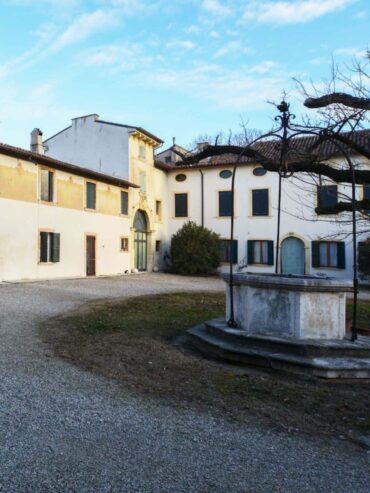
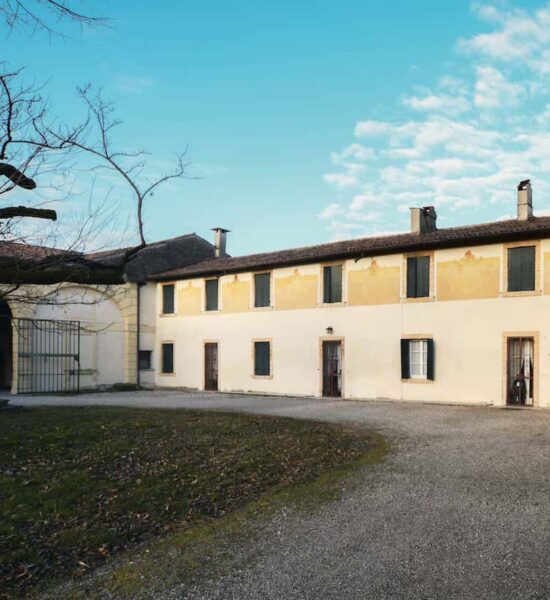
Recent years
In 2008, during excavation work near the neighboring sharecropping courtyard, a wall made of stones and bricks was found, positioned a few meters below the level of the agricultural land. The archaeological work brought to light a rectangular wall structure, about 5 by 6 meters, identical to the Roman furnaces found in Via Albere in Verona. Legend has it that the bricks used to build the Castle of Villafranca in the Middle Ages were produced in this location.
In 2024, thanks to the restoration work curated by my uncle Piero, a museum was created to pay homage to the works of my grandparents, the sculptor Luigi Spellini and the painter Valentina Sartorelli. The museum and the courtyard can be visited by appointment.
